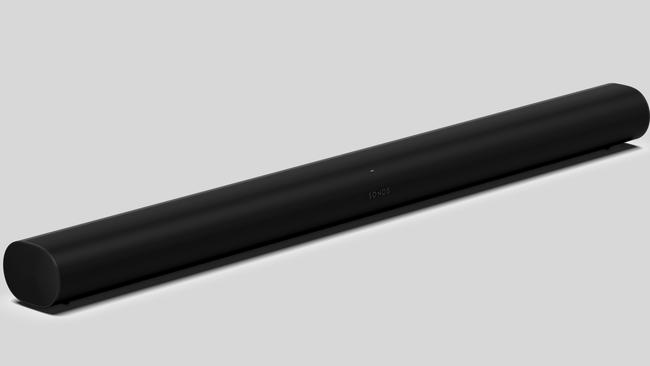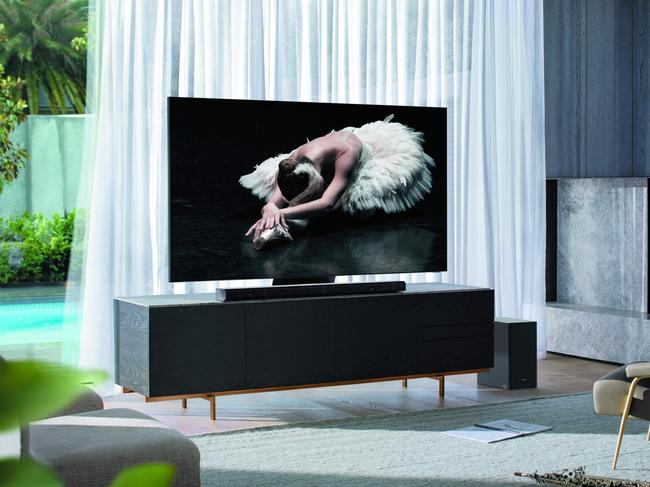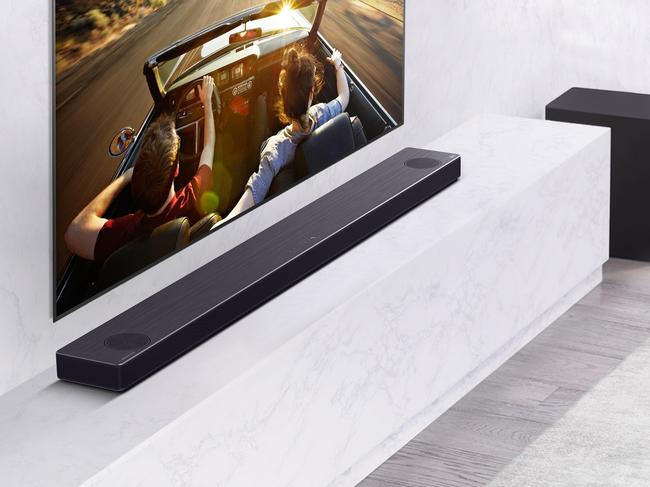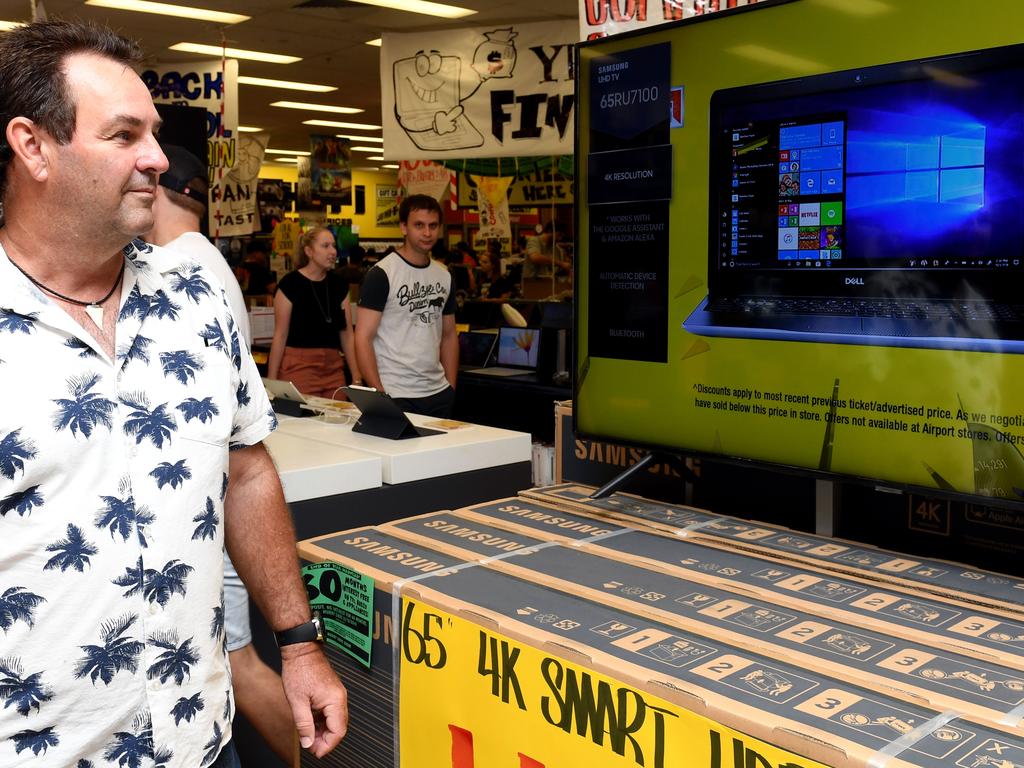Sonos soundbar adds to the selection bringing music to our ears
No need to skimp on the audio at home with soundbars now made to seriously enhance your TV viewing pleasure.

The first soundbar from Sonos was named the Playbar and sold from 2013. The Playbar received software updates and sounds better today than it did when originally released. Today however, Sonos has had to improve on the hardware in its flagship soundbar announcing the Arc. This comes as brands such as Samsung and LG bring their 2020 flavour of soundbars to Australia where sales are almost aligned with new TV sales.
With televisions so thin, it can be surprising they produce any audio at all. A soundbar is what makes the movie really come to life. New televisions mostly range from 55 inches (140cm) and up while the most common size being sold is 65 inches. With the visuals being so remarkable in televisions today, skimping on the audio can mean the difference between a mouse or dinosaur roaring in your home.
The Sonos Arc is purpose-built to bring those amazing visuals to life. Stretching at over one metre wide it packs eight woofers and three tweeters, each powered by its own Class-D amplifier. Sonos also adds four microphones so you interact with the Arc through voice. Sonos allows customers to choose which voice assistant the Arc uses between the Google or Amazon voice assistants. Apple lovers need not feel left out with the Arc supporting AirPlay 2 for total music control. The Arc does not come with its own remote, relying on using either the Sonos app (or supported apps like Spotify), your voice, controls on the soundbar or your existing TV remote. Sonos maintains the infra-red sensor so you have a single remote without learning a new set of controls. Sonos also performs tuning of the system using the free app on your smartphone.
Capable of Dolby Atmos and with the ability to be paired with the Sonos Sub and a pair of Sonos One speakers (for the rear) you can completely surround yourself with audio. The new soundbar now carries a single HDMI eARC connection to be connected to your television. The Arc will be available on 10 June for $1399 in black or white.
Samsung continues to redesign and re-engineer its soundbar line-up each year to fight for dominance and keep aligned to its TV range. This year is no exception with seven options to improve the audio in your living room.

Ranging from $349 to $999 the top of the line Q800T is both elegant and powerful. While they will work with any television, they are specifically feature-rich when paired with a 2020 Samsung television. Working together, they are able to deliver audio from both the soundbar and the TV to add greater sound depth. Most of the Samsung range comes with Dolby Atmos and DTS: X support and a wireless subwoofer. Wireless rear speakers are available separately to complete the audio experience. Samsung brings voice support to the range with their own Bixby service or the Amazon voice assistant. The most fashionable of the range is the S Series which fits into their lifestyle range of televisions such as the Frame and Serif, priced at $599.
LG could be seen as one of the brands producing the most impressive televisions on the market today. Its OLED range continues to delight and other brands will continue to mimic or persuade otherwise.

Its soundbar range this year has eight options from 2.1 channels up to their 7.1.4 channel weapon. The top four variants will feature the Google voice assistant built in to make controlling your system as easy as possible. The top of the line 11RG will support Hi-Res audio. It comes with a subwoofer and rear speakers and might disturb the neighbours with 770 watts of power. One key feature will be how LG plans to use Google Home and the LG app to calculate the optimum sound using the size and shape of your room, potentially similar to how Sonos does the same. Pricing and availability is yet to be announced.
Geoff Quattromani is a tech commentator across radio, print, online and television. Check out his podcast “Technology Uncorked” for new information each week.






